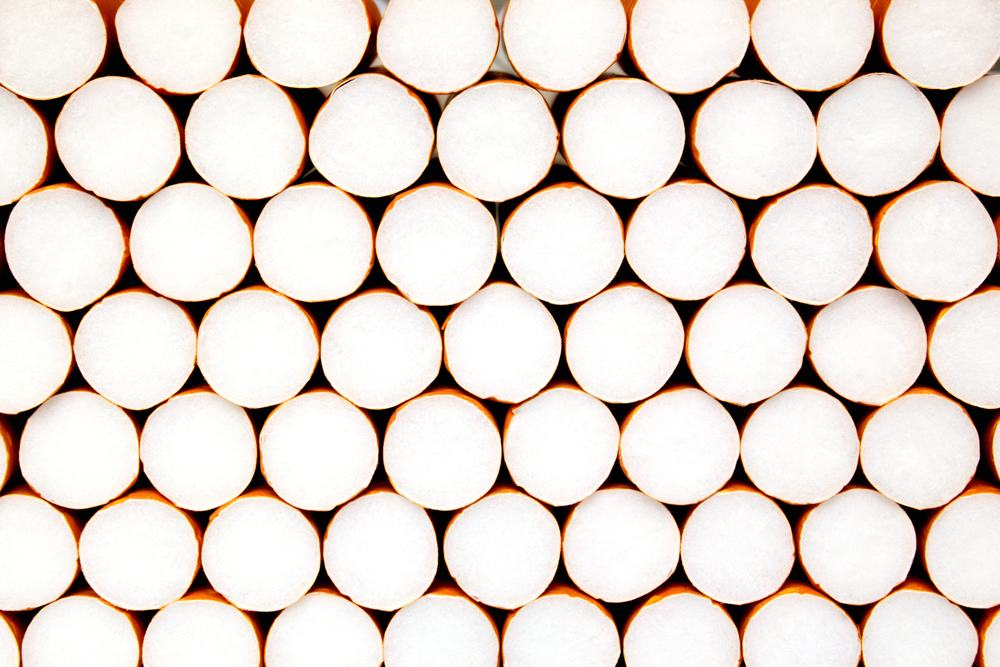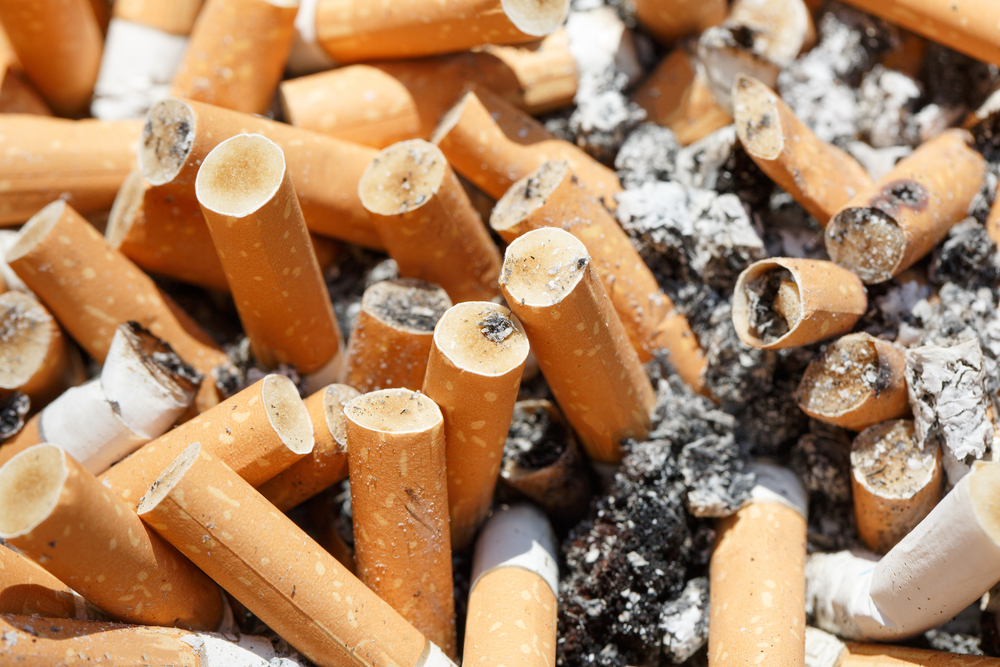Cigarette filters: technological deception, harming both smokers and the environment

For the first time, the tobacco industry introduced cigarette filters in the 1960s with the goal of making cigarettes “safer”. But now it is known that they do not provide safety , do not provide benefits for health and are one of the main causes of environmental pollution .
At first, it was stated that the filters reduce the amount of tar and other toxic substances and prevent tobacco flakes from falling into the lungs. It was soon revealed that this was not the case, and cigarettes were just as dangerous with filters. But only years later, this information reached the public, and even today, most smokers believe that filter cigarettes are safer - perhaps because their taste is not so sharp.
Most of the cigarettes in Australia are supplemented with holes in the filters supposedly so that with each puff more air flows in , which facilitates the effect of smoking on the throat. They were deceptively called “light” and “soft”, until the Australian Competition and Consumer Commission (ACCC) banned it , because the name hinted at a less harmful, less tar-containing cigarette. .
ACCC has forced tobacco companies to change the name of cigarettes, but not their content or structure . Now 90% of cigarettes in Australia have ventilated filters. They are easy to determine by turning the paper filter and looking at the light.
How do filters work?
Larger modern filters with openings with each inhale admit more air, and "easier" to deal with the throat. Smokers compensate for this effect in an attempt to get the same dose of nicotine, inhaling more deeply and taking more puffs.
This reduces the contact of smokers with a small amount of carcinogens, but increases their contact with a large number of harmful components of smoke in the gaseous phase, as it passes through the filters and into the peripheral airways.
This has led to a surge in the number of adenocarcinomas over the past 30 years, as more smoke enters the peripheral areas of the lungs, where this glandular cancer usually occurs.
A study of the evidence that the filters lead to the appearance of cancer revealed that the ventilation filters had an effect on the increase in the number of lethal adenocarcinomas, as a result of which a recommendation was given to ban ventilated filters. In addition, the filter fibers break off and penetrate the lungs , which can also lead to cancer.
Why is this type of cancer important?
A Japanese study in 2012 showed that patients with adenocarcinoma had slightly more cancer deaths than squamous cell cancer patients. It turns out that the first is more lethal.
Worldwide, women choose to smoke what they consider lighter cigarettes (with filter). In Australia, more women die of lung cancer than breast cancer. Although breast cancer is more common, in his case the percentage of survivors is much more than in the case of lung cancer.
A 2014 report in the surgical journal Surgeon General on tobacco confirmed that a change in cigarette structure led to an increase in adenocarcinoma since the 1960s, since the design of cigarettes changed in the 1950s.
Australian and international researchers urge to ban filters from the early 2000s, as well as introduce rules to regulate cigarette content and their structure.
What about the environment?
Cigarette filters become bulls. In Australia, bulls are constantly becoming the most frequent type of pollution in national clean-up days. Nearly seven billion bulls become rubbish every year in Australia. Filters are harmful to the environment, because they contain plastic and do not decompose by microorganisms .
Our urban environment, marine life , oceans , rivers, beaches — all would benefit immensely if filter cigarettes stopped selling.
In 2011, the medical journal BMJ Tobacco Control reported that the presence of heavy metals in bulls is detrimental to the marine environment. Researchers found that only one bull killed half of the fish exposed to chemicals in it under laboratory conditions.

Why no one regulates it?
Union government [the official name of the state is Australia - Commonwealth of Australia / approx. perev.] in 2009 took measures to change the production of cigarettes to reduce the risk of fires . Some states have banned fruit-flavored cigarettes , as they were designed to attract children.
Local governments and the federal government have the ability to force tobacco companies to sell less attractive, less lethal, less addictive cigarettes.
Since 2014, the Union has failed to respond to two comprehensive reports on the effective regulation of cigarettes . Filter cigarettes must be withdrawn from sale, and the tobacco industry must be forced to pay local authorities for the purification of water and soil from toxic waste.
We should not deceive citizens with “safe” cigarettes. They do not exist. But without filters, the number of fatal cancers can be reduced, more smokers will dare to quit because of a sharper taste, and fewer young people will start smoking.
All Articles